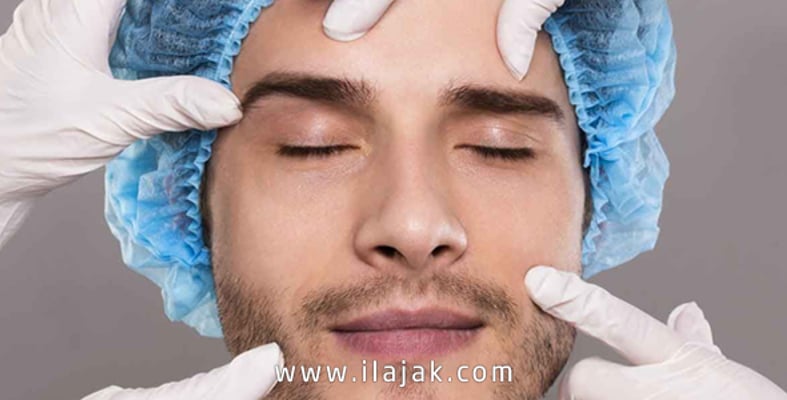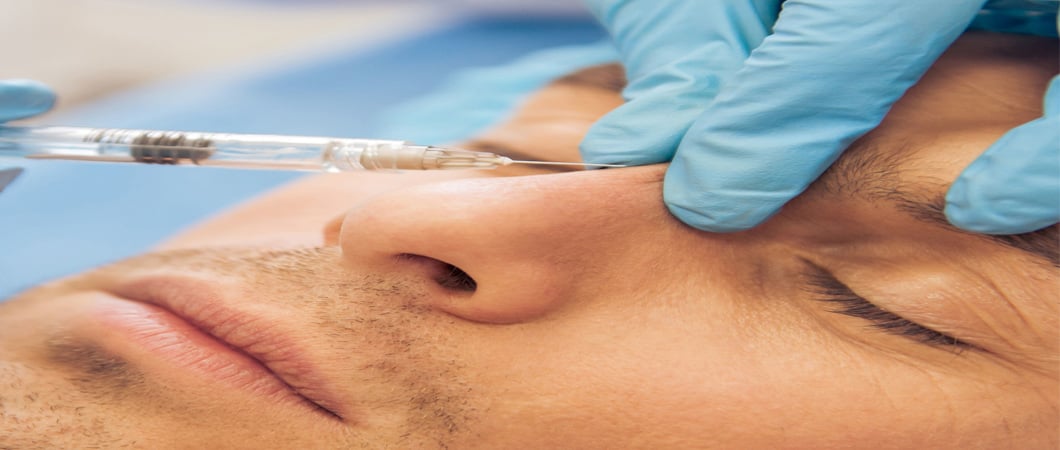Rhinoplasty: concept, steps, pros and cons

What Is Rhinoplasty?
Rhinoplasty is a plastic surgery to correct and reconstruct the nose. There are two types of plastic surgery used:
- Reconstructive surgery that restores the shape and functions of the nose.
- Aesthetic surgery that improves the appearance of the nose.
How Is Rhinoplasty Done?
The steps in rhinoplasty surgery are shown in the following stages:
Anesthesia
The rhinoplasty procedure must be done under anesthesia, as the anesthetic medications gives more comfort during the surgery. Options include intravenous or general anesthesia. The doctor will advise you of the best option for you.
Surgical incision
When rhinoplasty is performed, two techniques can be used, the closed technique and the open technique. In the close technique, the surgical incisions are made inside the nose, whereas in the open technique, an incision is made across the columella, the narrow strip of tissue that separates the nostrils.
The skin covering the nose bones and cartilage is gently lifted, allowing access to the nose structures to where rhinoplasty is done.
Reshaping the Nose Structure
A very large nose may be reduced by removing bones or cartilage.
Aesthetic nose surgery may sometimes require the addition of a cartilage patch, to perform this cartilage from the nasal septum is most often used. Nasal septum is the cartilage and bone in the middle of the nasal cavity.
Read more: Nose Filler: Procedure, Cost, Pros, And Cons
Sometimes cartilage from the ears is used, and cartilage of the ribs is still an option but is rarely used.
Correcting a Deviated Septum
If the nasal septum is deviated, the surgeon straightens it, and reduces the protrusion inside the nasal passages to improve breathing.
Closing the Surgical Incision
Once the primary structure of the nose is sculpted to the desired shape, the skin and nasal tissues are repositioned, and the surgical incisions are closed.
Additional incisions can be made in the skin wrinkles of the nostrils to change their size.
See the Results
For a few days, splints and gauze packing may be needed to support the nose as it begins to heal.
How Long Does Rhinoplasty Procedure Take?
It depends on how much changes are made to the nose.
Minor changes usually take from an hour to an hour and a half.
But if many changes are made, the operating time can extend up to 3 to 4 hours.
Benefits and Advantages of Rhinoplasty Surgery?
Rhinoplasty not only enhances the appearance and function of the nose, but also improves self-confidence. In addition to all this, rhinoplasty surgery helps to:
- Increase or decrease the size of the nose.
- Give the nostrils a new look.
- Decreasing the size of nasal bridge, which is the part above the nose bone.
- Promote balance and harmony with other facial features.
- Have a positive effect on the overall facial beauty.
- Improve breathing.
Rhinoplasty Experience
Nose Surgery Risks and Adverse Effects
All surgeries, no matter how major or minor, carry some risks; yet Ilajak Medical centers work hard to reduce the risks of rhinoplasty surgery.
It is also important to follow all post-operative instructions after rhinoplasty as any violation of the instructions may affect healing and the overall results.
The risks of rhinoplasty include:
- Complications from anesthesia.
- Bleeding.
- Infection
- Breathing difficulties.
- Change in skin color.
- Swelling
- Lack of satisfaction with the results.
- Piercing the nasal septum.
- Incomplete fusion or obvious scars.
- Complications that require a second rhinoplasty.
Ilajak Medical is fully prepared to answer any questions you may have about rhinoplasty or nose job, the techniques used to reduce risks and other aspects of nose surgery.
You can contact us today to schedule an appointment for a rhinoplasty consultation.
The Duration of Recovery from the Nose Surgery
During your rhinoplasty recovery, a splint and/or packing may be placed inside your nose and a splint or bandages placed on the outside to support and protect the new structures during initial healing.
Read more: How much does rhinoplasty cost?
You may experience a slight swelling of your nose, which you and your surgeon may notice.
But it will subside over the next six months. The final shape of your nose will be clear after complete recovery.
Tiring activities should be avoided for 3 to 6 weeks after surgery.
It is possible to return to practicing social activities within 2-3 weeks, without any signs that you have had a plastic nose surgery.
When Does Rhinoplasty Procedure Results Appear?
For many patients, swelling of the nose subsides totally after 6 to 8 months, but often you need to complete the 12-month period, so that your nose has completely recovered from the inside and outside, and final results appear.

Ilajak Medical | A Passion For Care




Treatment Services
In the Best Medical Centers
Contact Us
Please fill the form below and describe your condition, We will contact you back
- Dental Treatment
- Hair Transplant
- Obesity Surgery
- Vision Correction
- Health Resorts
- Other Medical Services
- No elements found. Consider changing the search query.
- List is empty.
Your personal data is processed as indicated in the general statement text and by continuing, you explicitly consent to the processing

